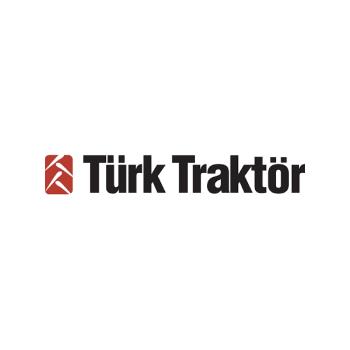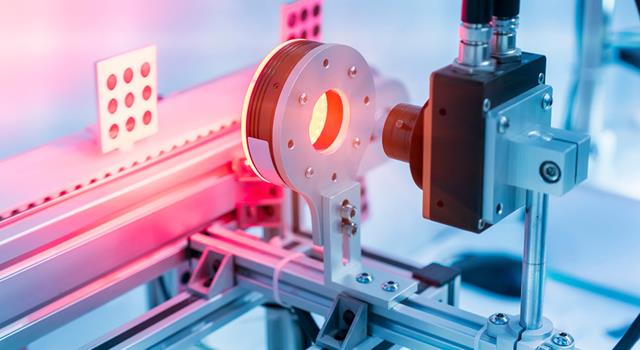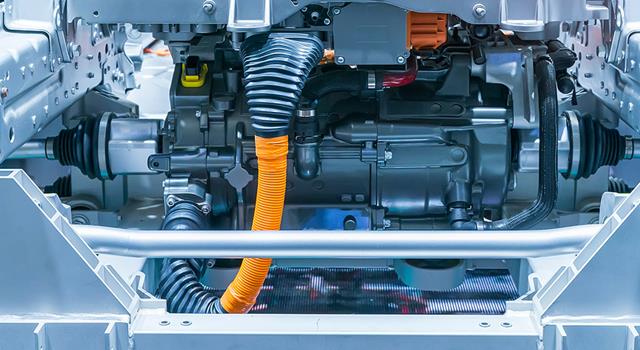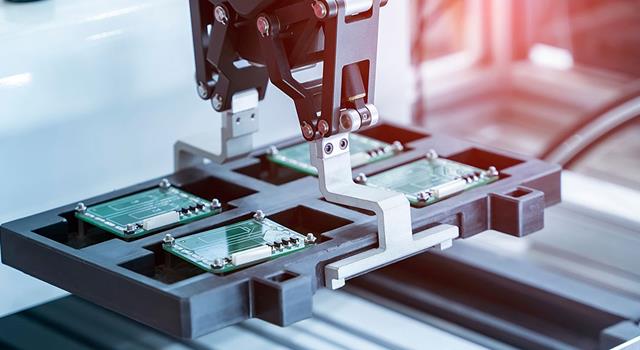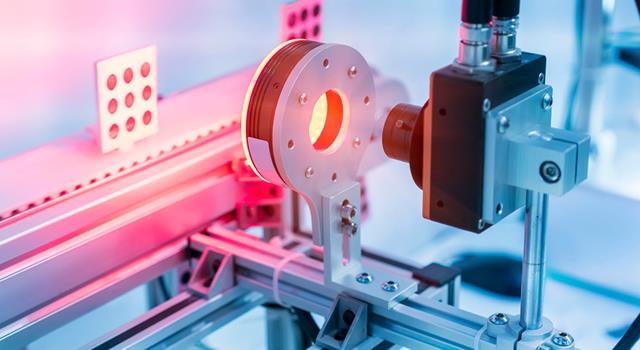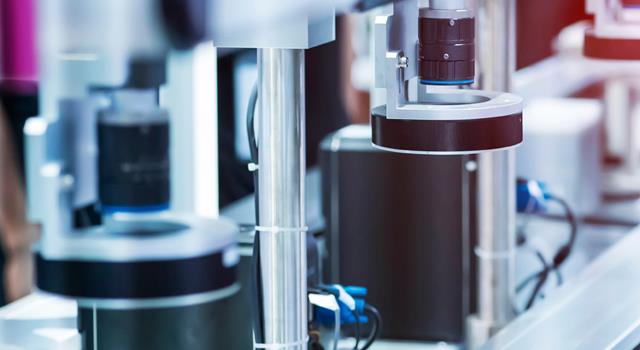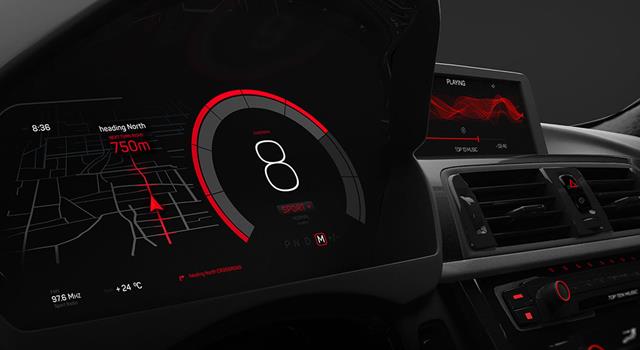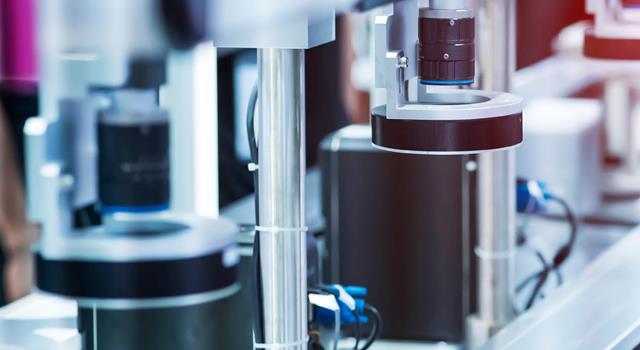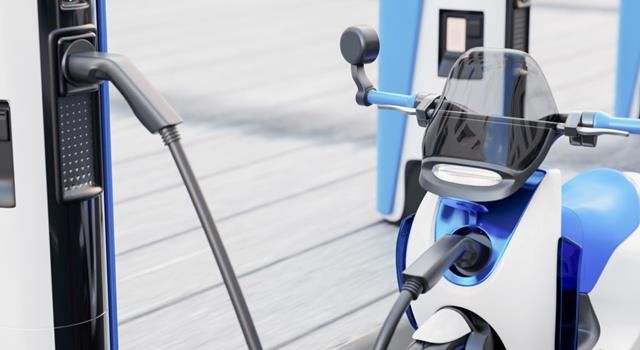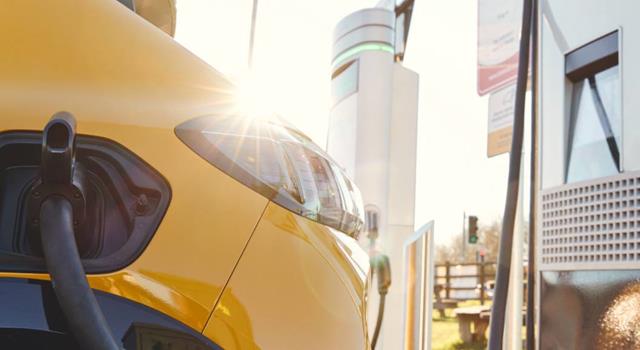In the ever-evolving world of technology, speed sensors play a pivotal role across various industries. These devices, crucial for measuring the speed of moving parts, are fundamental in applications ranging from automotive to robotics. However, in harsh environments, speed sensors face challenges like high current exposure and reverse voltage conditions, which can significantly impair their performance.
Basics of Speed Sensors
Speed sensors are integral components in many industrial applications, responsible for monitoring and measuring rotational or linear speed. Common types include magnetic, optical, and Hall-effect sensors, each with unique features suited to different applications. In automotive industries, for instance, they play a critical role in ensuring safety and efficiency by monitoring vehicle speed.
Challenges in Speed Sensor Applications
Traditional speed sensors, while effective, often struggle in extreme environments. High current situations, such as those found in heavy machinery or electric vehicles, can lead to sensor overload and failure. Similarly, reverse voltage incidents, often occurring due to wiring errors or sudden power reversals, can damage sensitive sensor components. These challenges not only reduce the lifespan of the sensors but also compromise safety and accuracy.
Introduction to Reverse and High Current Protected Speed Sensors
Addressing these challenges are the reverse and high current protected speed sensors. These advanced sensors are engineered to withstand harsh conditions without sacrificing performance. They offer robust protection against sudden current surges and voltage reversals, ensuring consistent and reliable measurements even in the most challenging environments.
Technical Deep Dive
At their core, these sensors use specialized materials and innovative designs to provide protection. For instance, advanced circuitry can automatically shut off the sensor before damage occurs during a high current surge. Similarly, diode bridges and other components are used to safeguard against reverse voltage, ensuring the sensor's internal components remain unharmed.
Applications and Case Studies
The practical applications of these sensors are vast. In the automotive industry, they ensure the reliability of electric vehicles operating under high electrical loads. In industrial manufacturing, they maintain precision in machinery that experiences frequent power fluctuations. Case studies, such as those in heavy-duty robotics, demonstrate the sensor's ability to withstand extreme conditions while maintaining accuracy and longevity.
Choosing the Right Sensor for Your Needs
Selecting the right sensor involves considering several factors. The specific environment where the sensor will be used is crucial – high temperature, moisture, and electrical interference all play a role. The required accuracy level and budget constraints are also important considerations. Understanding these factors ensures the selection of a sensor that not only meets but exceeds performance expectations.
Conclusion
Reverse and high current protected speed sensors represent a significant advancement in sensor technology, offering unparalleled reliability and durability in challenging environments. Their ability to withstand high current and reverse voltage conditions makes them an essential component in a wide range of industrial applications. As technology continues to advance, staying informed about such innovations becomes increasingly important.
Similar Posts
